In Photos: Dhaka in a 'New' Bangladesh
Dhaka: Bangladesh is in a "second freedom," many will tell you. This time, it is not from linguistically different people who were ruling the country from thousands of miles away, but from their own leader and her particular brand of fascism.
At the Dhaka airport, the New Delhi-bound airplane mostly has students from Kashmir pursuing medical studies. Outside, a throng of people waited for dear ones in a flight from Jeddah, with Haj returnees. As I leave the airport and go into the city, I see a long pole atop which the flag of Bangladesh is fluttering. In testament to what the country has been through, the flag has a broken pedestal.
My driver says that "Mujibur Rahman’s large portrait has been ripped apart". I see a Soviet-era BTR80 – an armoured vehicle with a tired army man peeping out. My driver says he wasn’t fighting a war but maintaining peace.
The Bijoy Sarani at the heart of Dhaka had a huge mural of Mujibur Rahman or 'Bangobandhu' which was demolished by the protesters in their hatred towards Hasina’s governance. Hasina is Mujibur's daughter and had inaugurated the mural last November .
Few kilometres away is the Old Airport which is used by the armed forces to put Hasina on a helicopter which landed in Hindon in India in early August.
Today the city is decorated with protest graffiti. Many say, ‘Killer Hasina’.
The metro plies and double decker busses run by BRTC snake in and out of a crowd of cars. Rickshaws rule the road.
The city's ‘anti India’ sentiments are loud. Smaller parties which nearly got wiped out by Hasina’s authoritarianism are now scrambling to legitimise themselves. 'The rot is gone, let's rebuild the nation’, is the refrain across the city.
Now with the recent border killing by the BSF in which a minor died, it prickles to ask questions on the matter. Bangladesh has also enforced a hilsa ban.

Mujibur Rahman is present on every note of the Bangladeshi Taka.

A mural of Mujibur Rahman which once stood at Bijoy Sarani was destroyed by protesters.

A bookstore in Dhaka's upmarket Gulshan.
32 Dhanmondi where Mujibur Rahman was assassinated along with 18 members of his family was vandalised by a mob on the day Hasina fled to India.
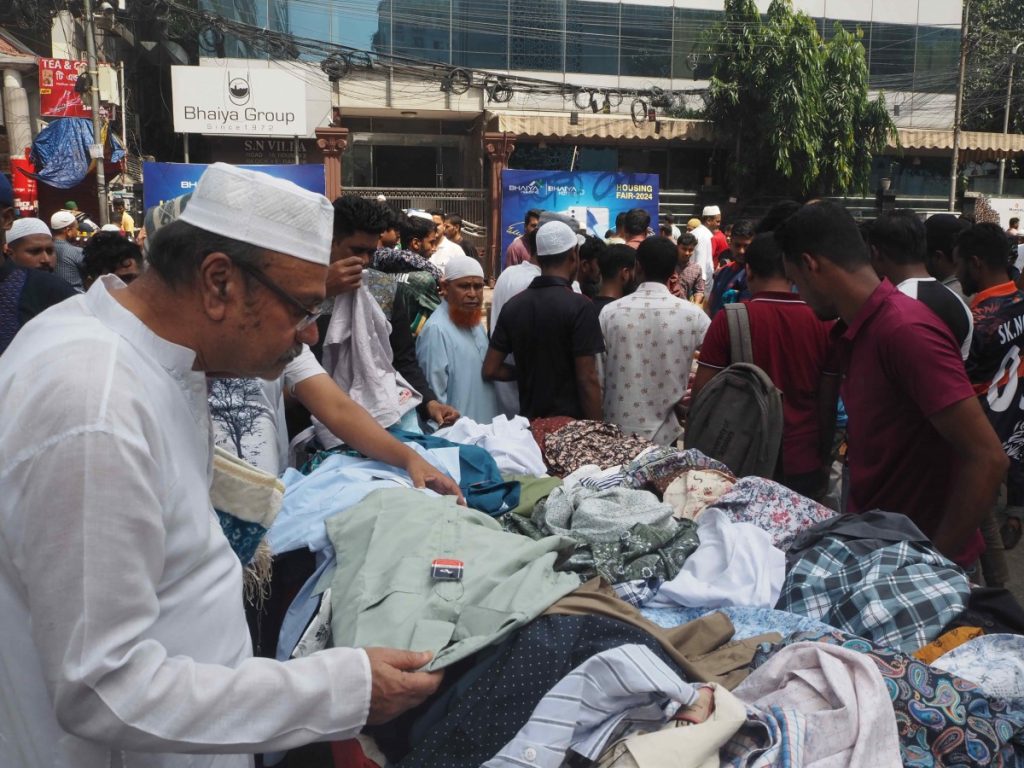
A Friday market at Banani.
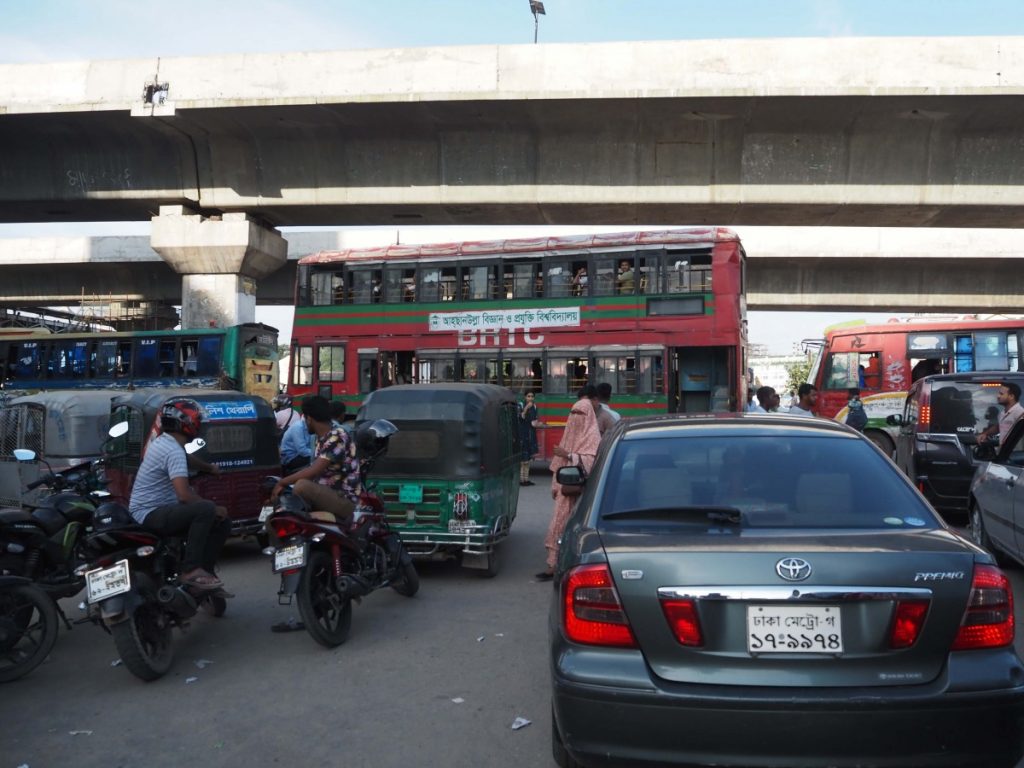
Double-decker busses by BRTC in Dhaka.
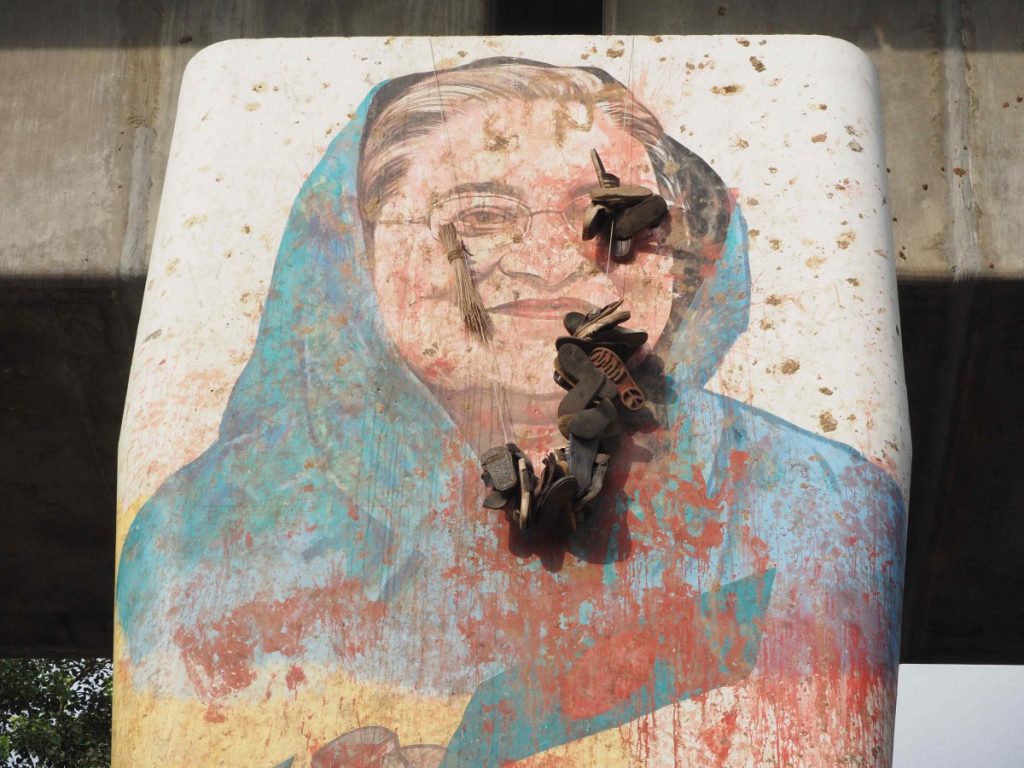
Hasina's portrait been vandalised. Shoes and brooms hang.
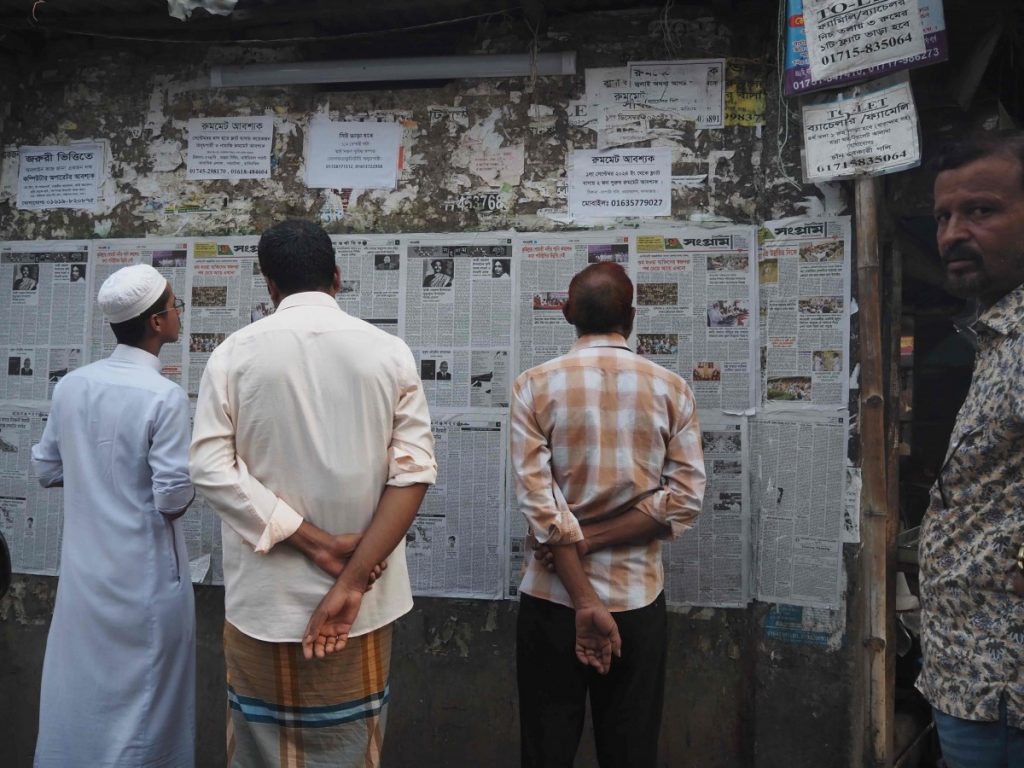
People read Jamaat's newspaper Sangram in Old Dhaka.
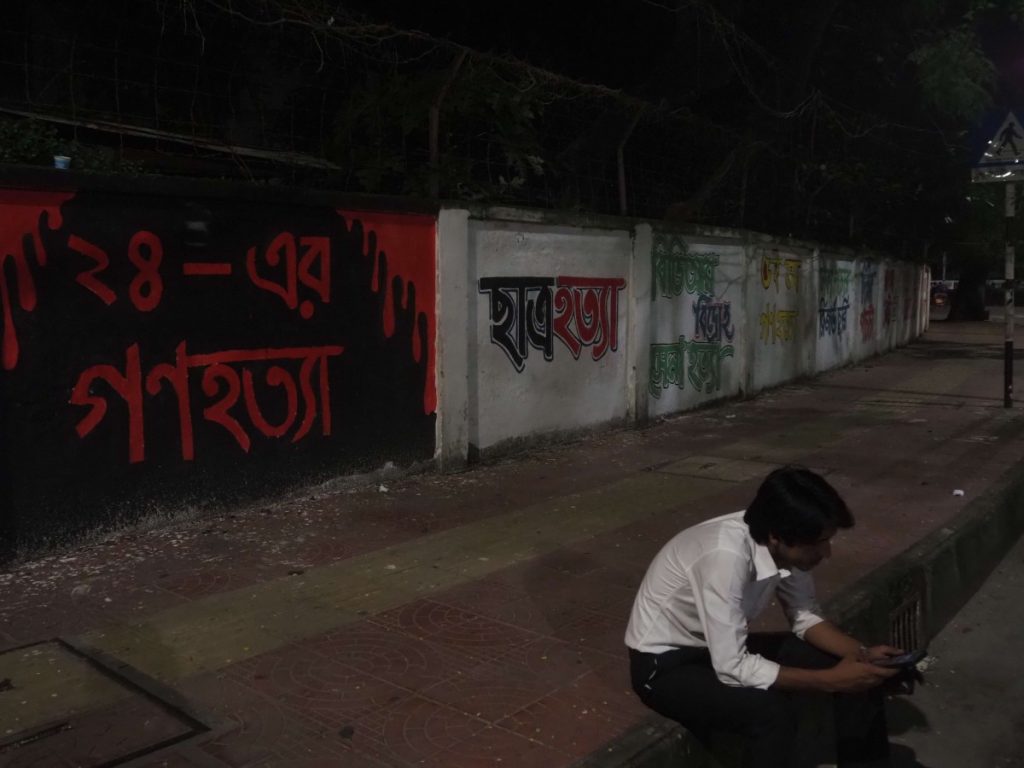
The Dhaka University.
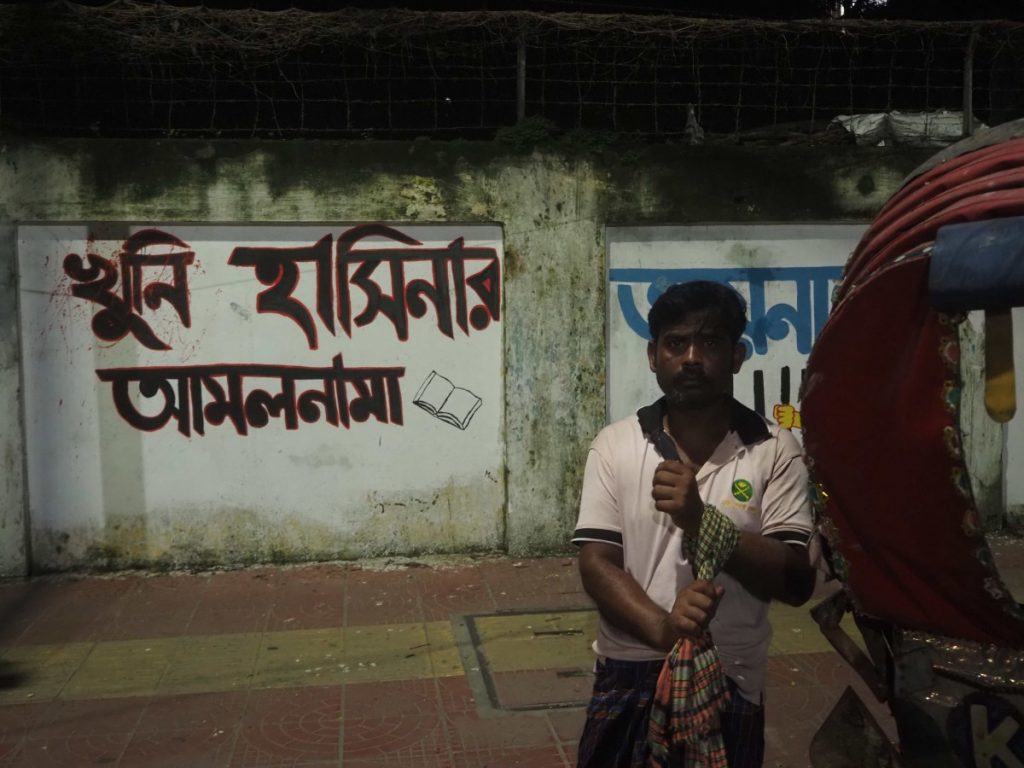
A rickshaw-puller says he was once implicated by police against false charges.
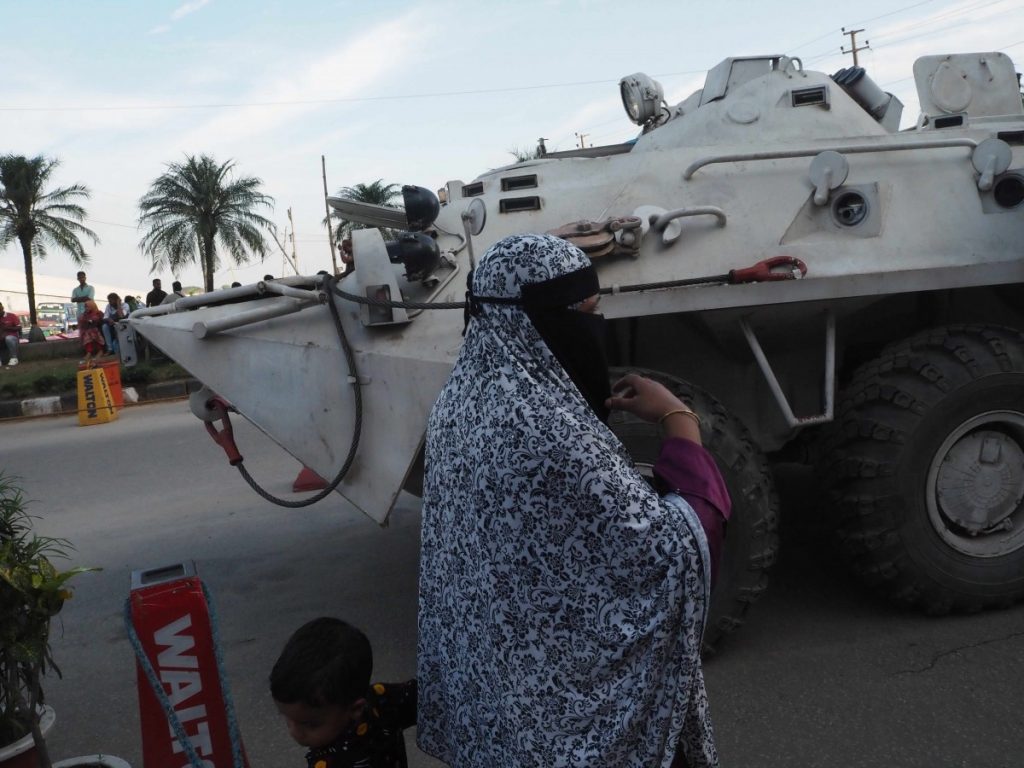
A Russian-armoured tank of the Bangladesh Army.

Locals in Dhaka.

Rickshaws rule the roads especially in the university areas.
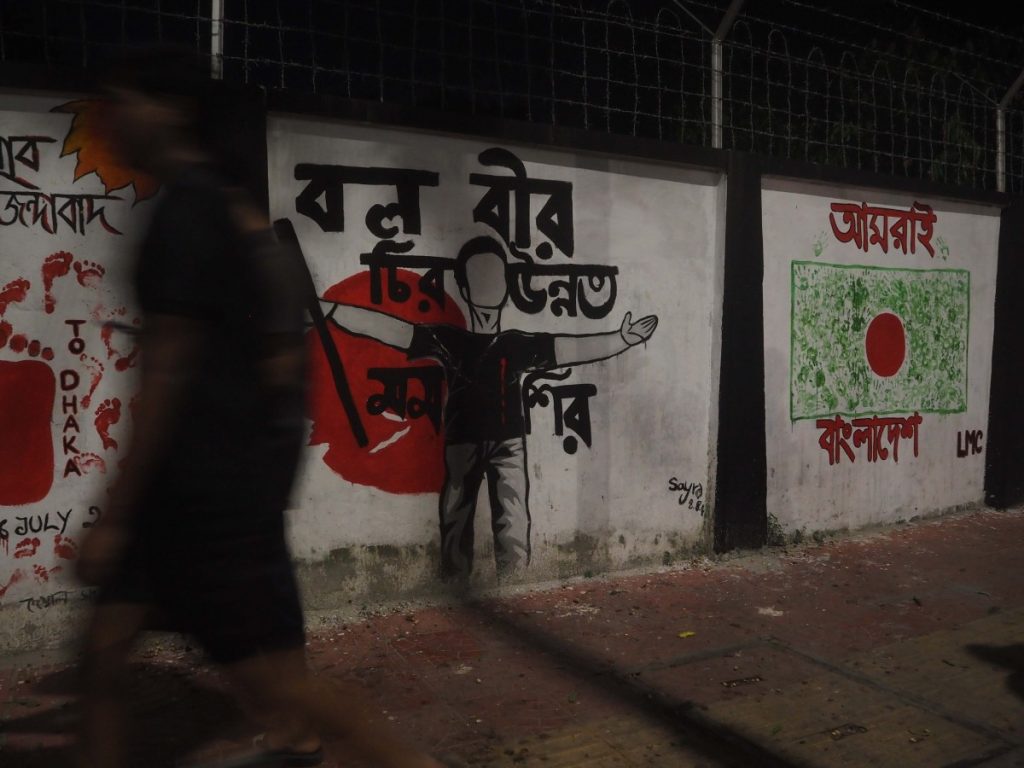
City of graffiti.
All photos are by Shome Basu.
This article went live on September fourteenth, two thousand twenty four, at thirty-seven minutes past two in the afternoon.The Wire is now on WhatsApp. Follow our channel for sharp analysis and opinions on the latest developments.




